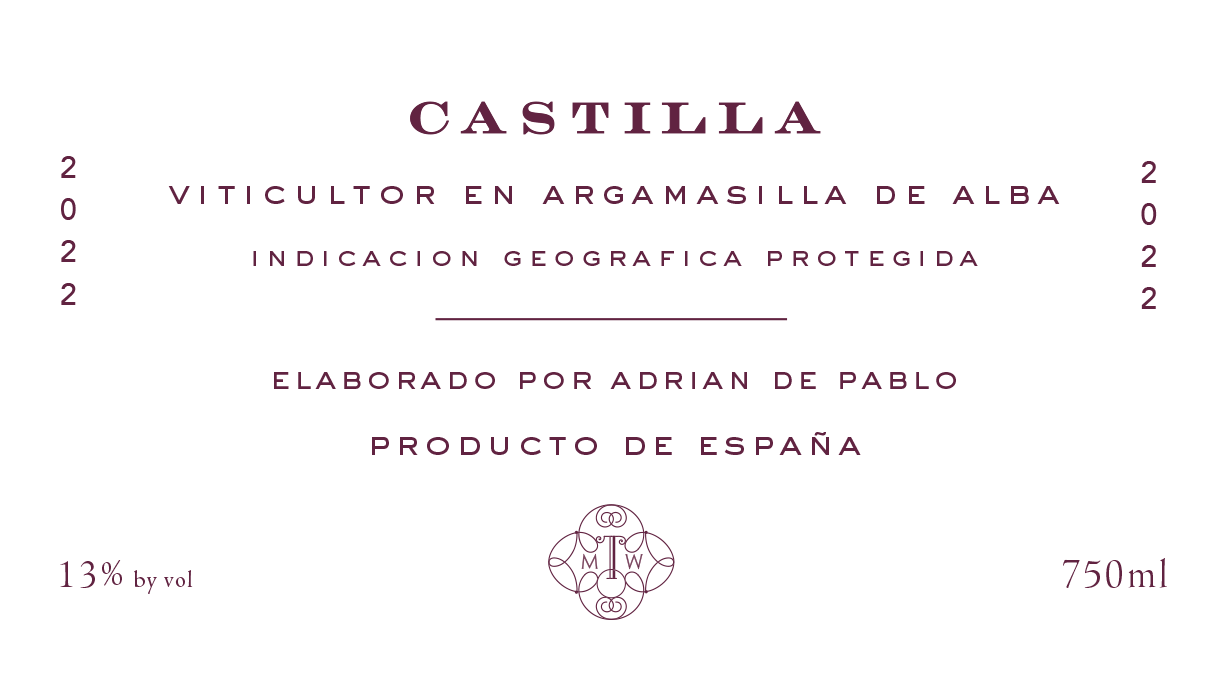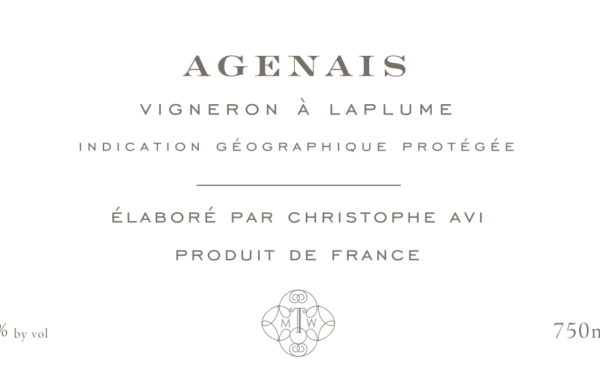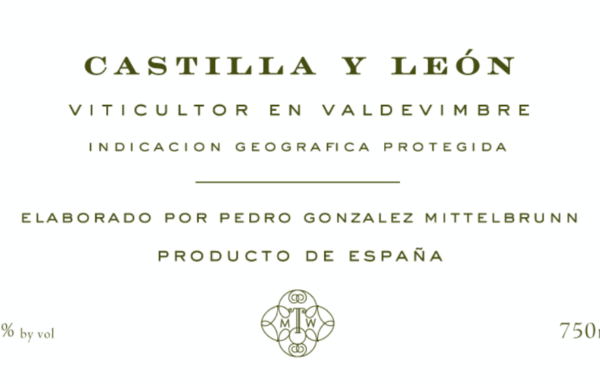
Our Castilla IGP comes from a family winery in the one of the most arid regions of the Iberian Peninsula. In the dry plains of Castilla La Mancha, the vines benefit from drastic differences in daily temperatures and from Spain’s largest underground water aquifer to produce a ripe and welcoming wine. The terroir expressed in this wine is unmistakable, and results in a beautifully structured backbone of soft, chewy tannins leading through bright plums and cherries. The versatility of the wine was so apparent when tasting, we opted to risk any possible confusion of our -very different- Prieto Picudo from Castilla y Leon!
Wine Description
Adrian de Pablo is a scientist first and foremost, who has melded his background in biochemistry and his family’s 50-year-old history of winegrowing into an impressive operation in Castilla La Mancha. They currently cultivate seven varietals across 600 hectares and each parcel is vinified in individual tanks as single varietal to focus on cultivating characteristics true to the grape and land. Much of Adrian’s expertise is in timing the harvest and careful attention is paid to the ripening of the grapes as they mature rapidly through the hottest months of the year. This allows for minimum intervention during the wine making process to coax out lush fruit notes while maintaining vivid acidity.
Size: 750ml
IGP: Castilla
Soil Type: Sand, limestone, and clay
Varieties: 100% Tempranillo
Farming: Biodynamic
Alcohol: 13%
Aging Details: Stainless Steel
Some fascinating technical details:
Hacienda ALBAE vineyard is planted on trellises due to the terrain and climate conditions. Hacienda Albae is in a warm area, but it has a special microclimate because we have a lot of water. The vineyard is planted on top of the largest aquifer in Spain, and one of the largest in Europe. That is why we decided to use trellises, to facilitate drip irrigation management. It is very difficult to talk about an irrigation schedule, as every year is different, but we have the ability to measure soil moisture at different depths and thus determine the water stress the plant is experiencing. Irrigation will be managed accordingly. There are times when we want there to be no stress in order to encourage leaf growth and generate a large leaf mass that will facilitate good plant growth and provide shade during the hottest periods. At other times, it is beneficial to generate stress so that the plant concentrates its activity on ripening the grapes, which is our “real” objective, but not that of the plant.
On the other hand:
– We do not use cover, but we have considered it on occasions.
– Planting density: 1.20m * 3.00m.
– Aids: All actions that promote lengthening the vegetative cycle will give us better results in terms of grape ripening.


